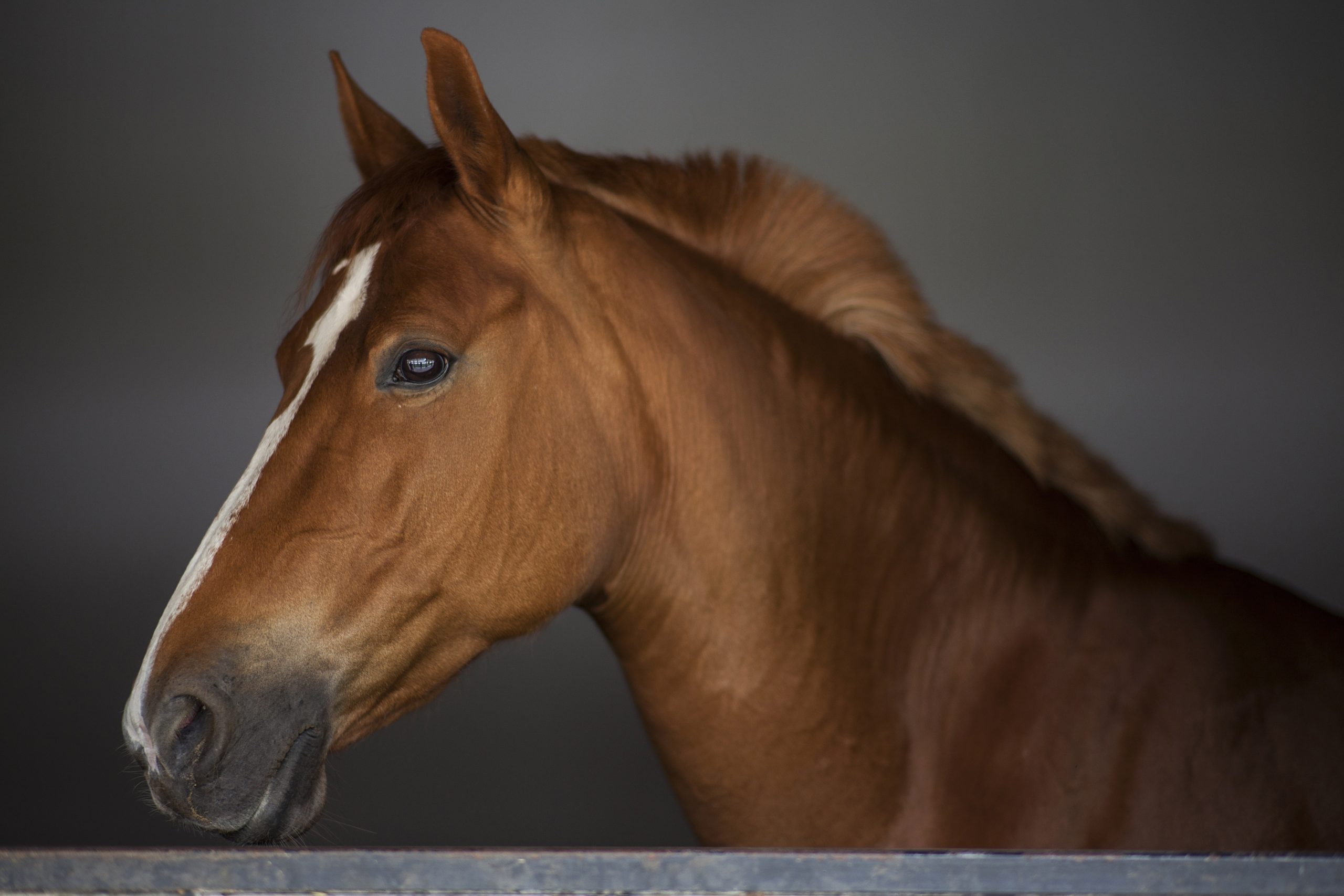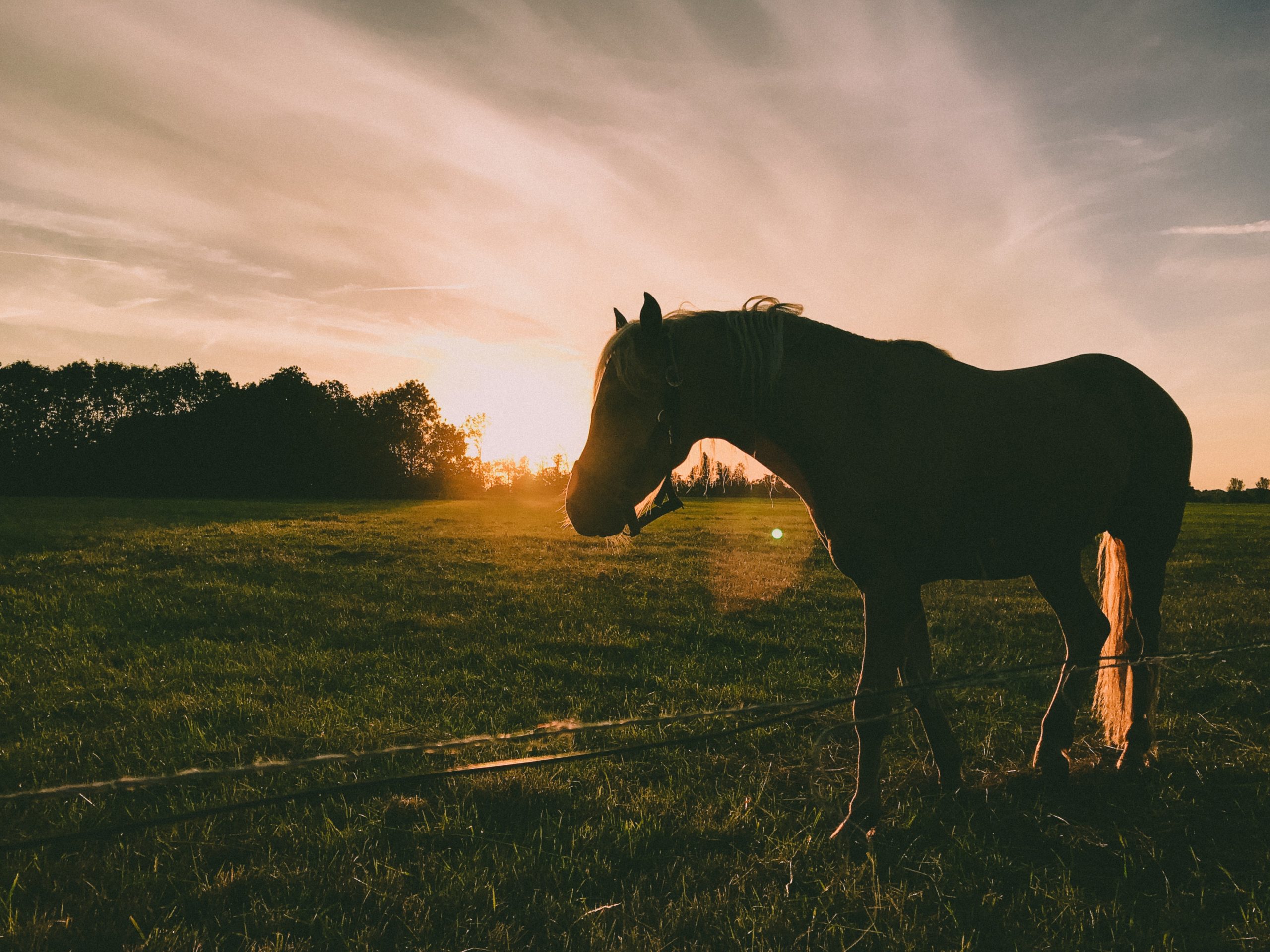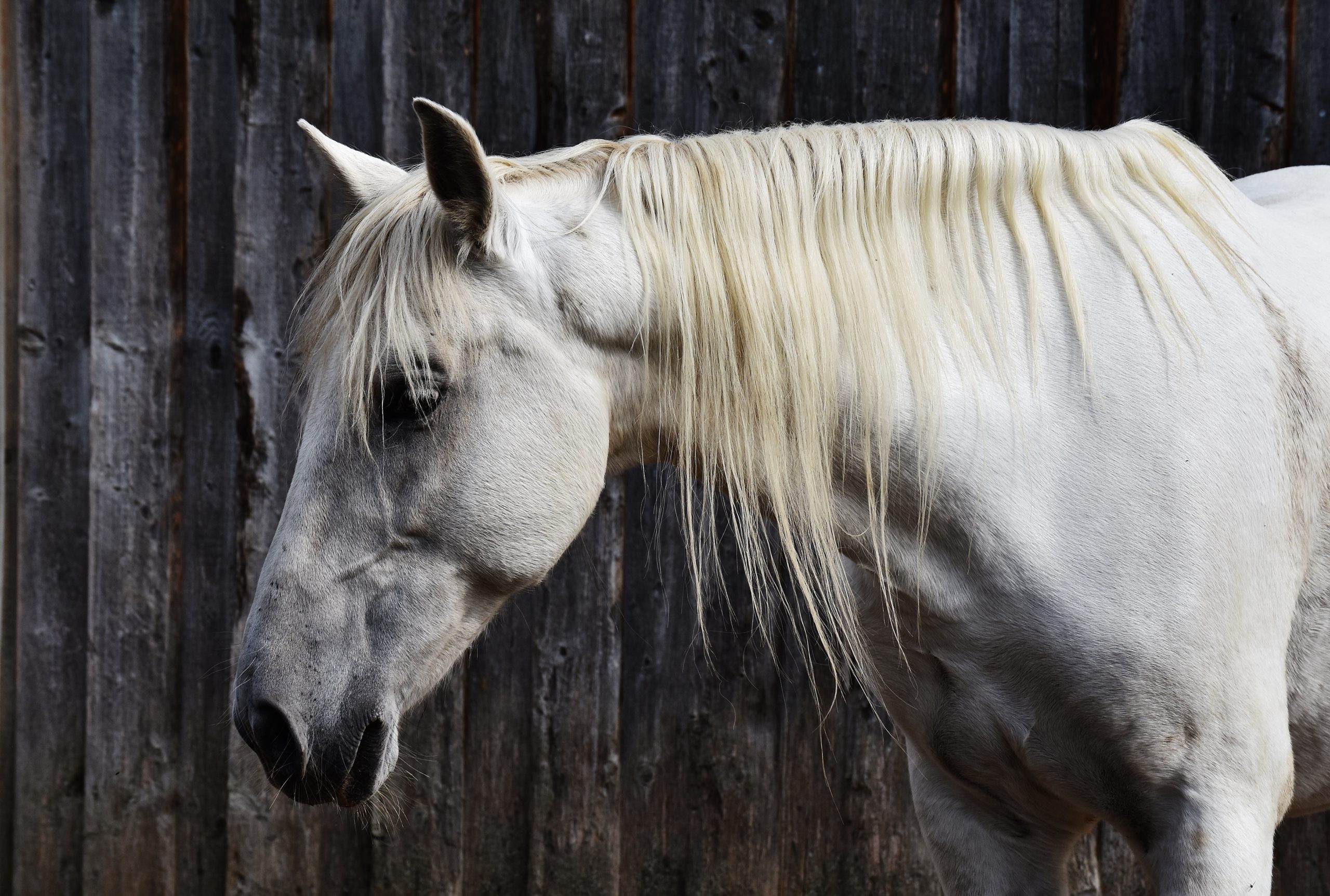Most horse owners are aware that when feeds need to be changed, for whatever reason, it’s best not to do it overnight. But they may not know why it’s not right to do it that way or how to do it in the best and safest way for the horse.
The reason that sudden changes in diet are to be avoided has to do with the delicate nature of the horse’s digestive tract and the way that it adapts (familiarises itself) to a particular type of food.
Firstly, the levels of digestive enzymes produced in the small intestine to metabolise fats, proteins, simple sugars and starches as well as the vitamins and minerals change in response to a change in diet. A horse on a high-grain diet will produce more of these enzymes than a horse on a forage-only diet in response to an increased need for small intestinal digestion.
Taking a horse from a forage-based diet and suddenly piling on the grain does not give the digestive system time to adapt and much of the grain will go through the small intestine only partly digested due to a low level of enzyme production. If a large quantity of grain is introduced overnight, this could lead to scouring, colic, or even laminitis. If the change is made more gradually, the enzyme levels will adapt and these problems can be avoided.
The second and most significant part of the adaptive process lies in the hindgut. The caecum and large colon that make up the hindgut can be described as a large fermentation vat that primarily functions to digest fibre and anything else left over from small intestine digestion. Though the horse itself cannot digest many of the tougher fibres in the diet, a resident population of microbes (bacteria, protozoa and fungi) are housed here to do the job for the horse.
These microbes are very sensitive to changes in diet; the populations of different species flourishing under some conditions and dying out in others. As with the enzymes, these microbes take time to adapt to a new food source. A sudden change in feed can disturb the balance and create havoc in the hindgut environment, as some microbe populations explode whilst others die and release toxins. Changes in the microbial population causes the pH balance to fluctuate wildly and the general unrest can again lead to scouring, colic or laminitis.
The primary function of the hindgut is to digest fibre, so it follows that any sudden changes in fibre source or quality can lead to disturbance. Whilst most people know that gradual introduction is the key with new hard feeds, many don’t consider the impact of changing the type or quality of hay or pasture.
And so we come to our ‘rule’ about how to change feeds safely to avoid these problems.
With hard feeds (bucket feed), it is best to make the change over a period of five to seven days. An easy way to do it is to substitute the new feed for the old in the following sequence:
- Day 1 and 2: feed 75% old feed and 25% new
- Day 3 and 4: feed 50% old feed and 50% new
- Day 5 and 6: feed 25% old feed and 75% new Day 7: feed 100% new feed
This sequence would also work for introducing new types of hay or a new quality of hay.
For introducing feed to a horse that has not had hard feed previously, just follow the sequence of introduction and ignore the quantities of old feed prescribed. When removing feed, it’s best to do a gradual letdown in the same way, if possible, rather than the ‘here-today, gone-tomorrow’ technique.
When introducing horses to new pasture, it is not always easy to do it gradually, especially if the new paddock is on a different property, as in the case of moving to agistment.
When possible, allow only a couple of hours turnout into the new paddock for the first few days, possibly using a small yard or stable for the rest of the time or the old paddock if it is nearby. The horse should have access to a familiar hay whilst locked in the yard or stable in order to meet daily forage reuqirements. It may be necessary to get the horse used to some hay as an intermediary step before a move to a new property if the old routine did not involve hay at all. The horse can then gradually build up to 24-hour access to the new paddock over a period of seven to ten days.
This gradual introduction is especially important when going from a poor paddock to a lush paddock, or from a stabled or yard environment to a paddock turnout.
It is always best to try and think ahead and be prepared where dietary changes are required. Don’t buy a new feed just as you run out of the old feed, and don’t get your new horse home from his place of purchase without knowing what he has been fed and in what quantities. Don’t rely on the local feed supplier at a show or competition that is far away from home; take your own familiar feeds and hay along with you.
Try and cater to the sensitive nature of the horse’s gut as much as possible. By being vigilant and careful, you can go a great way towards avoiding the horrors of colic, laminitis and scouring that could befall the unwary and unwise.




